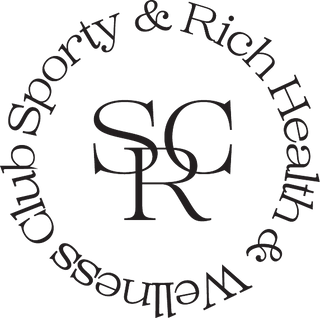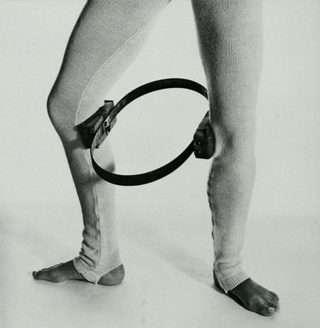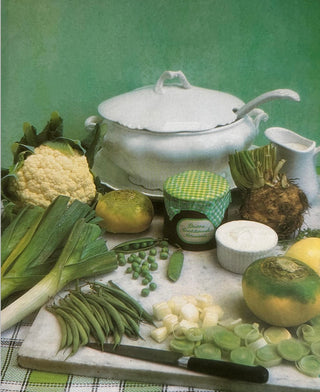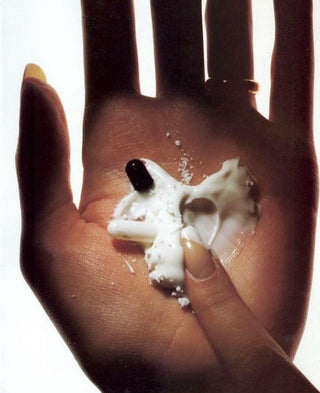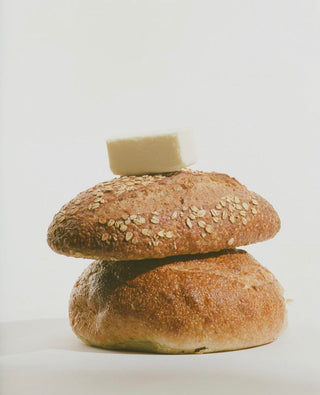
By: @ericabassotherapy
As a psychotherapist I struggle with the idea that shame is a useful emotion for anyone to feel. Some believe it’s necessary but what I’ve found is they are usually referring to shame’s pro-social cousin, guilt. Shame and guilt are both negative feeling states that can be felt when one has engaged in self reflection following a transgression or violation of social norms and both can be felt at the same time. Although similar, they are distinct. While guilt tells us we did something bad, shame tells us we are bad. When we feel guilt we are focused outwardly - on the behavior we exhibited that negatively affected or harmed someone else. When we feel shame we feel small and disappear inward - focusing on aspects of self that are inherently bad.
While feeling guilty typically motivates a person to take accountability for the transgression or violation of social norms, shame tends to have the effect of minimizing a person to just being “bad” and the person can quickly remain stuck in a negative feedback loop. Amongst researchers on the experience of shame, it has been found that women are quicker to feel humiliation than men and adolescents feel shame more than adults do. They also have found that those with low self esteem are more prone to feeling shame. This suggests having self esteem and holding oneself in high regard buffers against sinking into shame.
Guilt is a necessary part of living in a civilized society as it has been shown to motivate prosocial behaviors and lead one to live a more values-based life. One study on guilt and shame found that more guilt-prone individuals tended to more accurately notice and observe the emotions of others’. This makes sense because the byproduct of feeling guilty is usually increased empathy, because for most of us it just doesn’t feel good to know we have acted out of our own moral compass or caused harm to others’ (intentionally or unintentionally). We can use the presence of guilt as a compass to direct us back on a path of aligned behavior and values. This may be making plans to change our behavior or beginning the repair process with the harmed party.
On the other hand, if a person becomes stuck in what Brene Brown refers to as a “shame spiral” we miss out on accessing the insight that guilt brings and are likely not prioritizing how we have hurt others’ feelings. Shame can quickly debilitate us in our pain or self hatred. Studies have shown that those who are more guilt-prone tend to forgive, whereas those who are shame-prone are less likely to offer self forgiveness. Remaining stuck in shame is simply not productive.
As a therapist, I often help my clients focus on sitting with feelings of guilt more than sinking into shame. Here’s some helpful ways we can use guilt to increase our compassion and realign our behaviors.
Remember it’s about the impact, not your intention. We often do not intend to harm others, but our behaviors can have the impact of doing so. Validating others’ feelings without taking full responsibility for them is sometimes all that is necessary to begin repair.
Replace any judgment of self with curiosity. When we are curious, we are more able to develop a caring or compassionate perspective. Remind yourself that you may have done something “bad” or harmful, but it doesn’t make you a bad person.
Identify your values and what’s most important to you in life. How did your actions violate these values? How can you take accountability for upholding them moving forward?
How can you feel compassion or understanding for yourself for simply being human? Begin to forgive yourself in order to move forward in a positive way.
References:
Tracking the Trajectory of Shame, Guilt, and Pride across the Life Span. Ulrich Orth et al. in Journal of Personality and Social Psychology, Vol. 99, No. 6.
Shame, Guilt, and Facial Emotion Processing: Initial Evidence for a Positive Relationship between Guilt-Proneness and Facial Emotion Recognition Ability. Matt S. Treeby et al. in Cognition and Emotion, Vol. 30, No. 8.
Germer, C. K., & Neff, K.D., 2013. Self-compassion in clinical practice. Journal of clinical psychology.
Erica Basso is a Licensed Marriage & Family Therapist practicing statewide in California. She helps guide women in overcoming anxiety, perfectionism, and relationship challenges. To learn more about working with her, visit www.ericabassotherapy.com.
